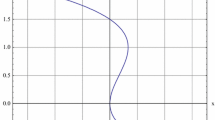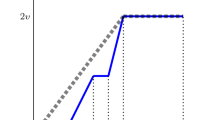Abstract.
The lobbying process has been described as an auction (see, for instance, Bernheim and Whinston [4]). While the auction rules picked are supposed to be descriptive, they vary from author to author. Examples show that these different auction rules make different predictions of what policy is the outcome of the lobbying process. Further, which proposed auction rule is the most preferred by the government official depends on the preferences of lobbies.¶ If off-the-equilibrium negative contributions (i.e., contributions from the government official to lobbies) are possible, there is a best possible auction for the government official. Such an auction leads to the same policy as in [4], although contributions are higher. If negative contributions are not possible, the government official is made worse off. It follows that since the auction rules used in the literature to describe lobbying do not allow negative contributions, none of them are optimal from the government official's perspective.
Similar content being viewed by others
Author information
Authors and Affiliations
Additional information
Received: 26 June 1998/Accepted: 19 October 1998
Rights and permissions
About this article
Cite this article
Boylan, R. An optimal auction perspective on lobbying. Soc Choice Welfare 17, 55–68 (2000). https://doi.org/10.1007/PL00007175
Issue Date:
DOI: https://doi.org/10.1007/PL00007175




